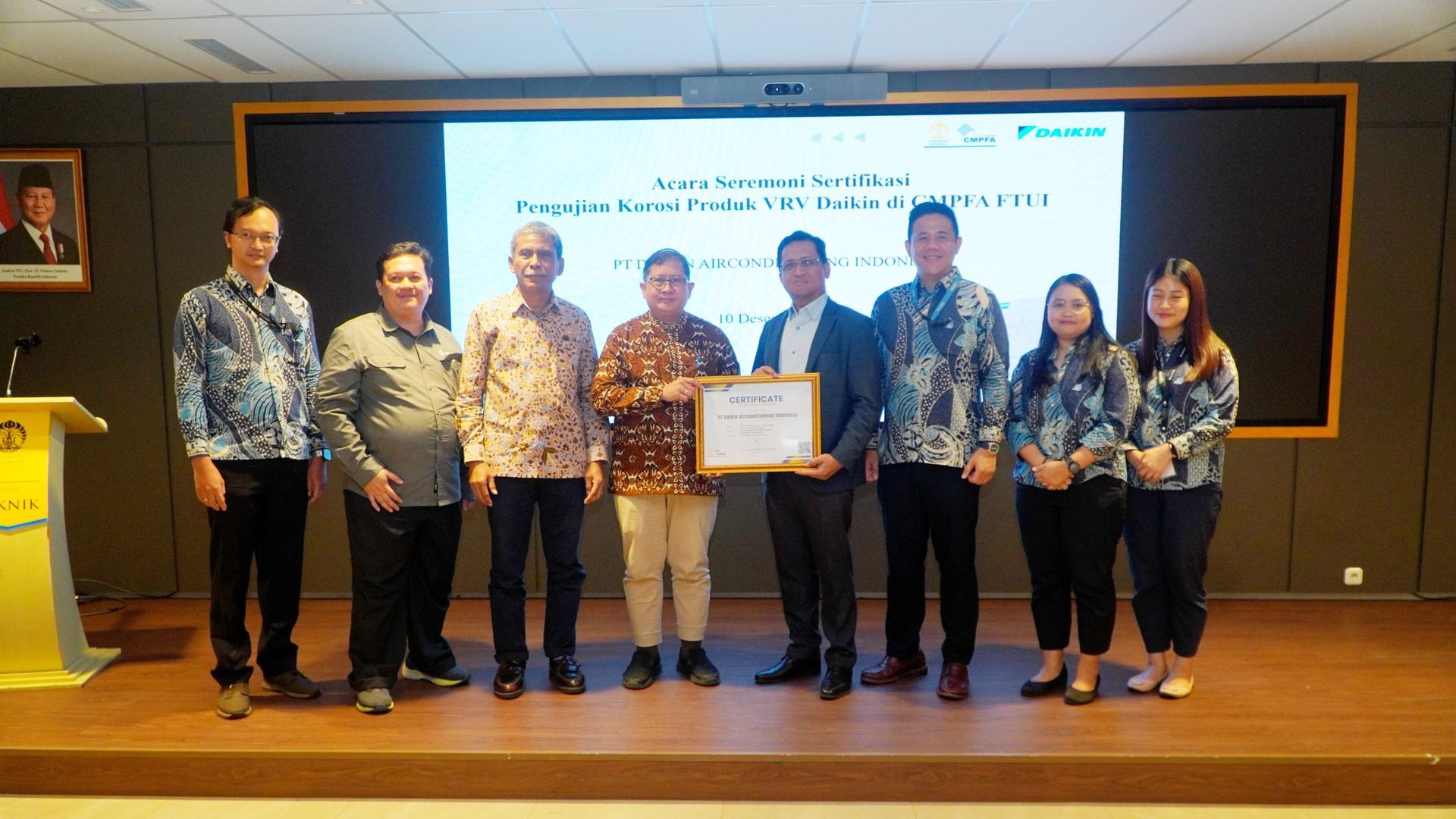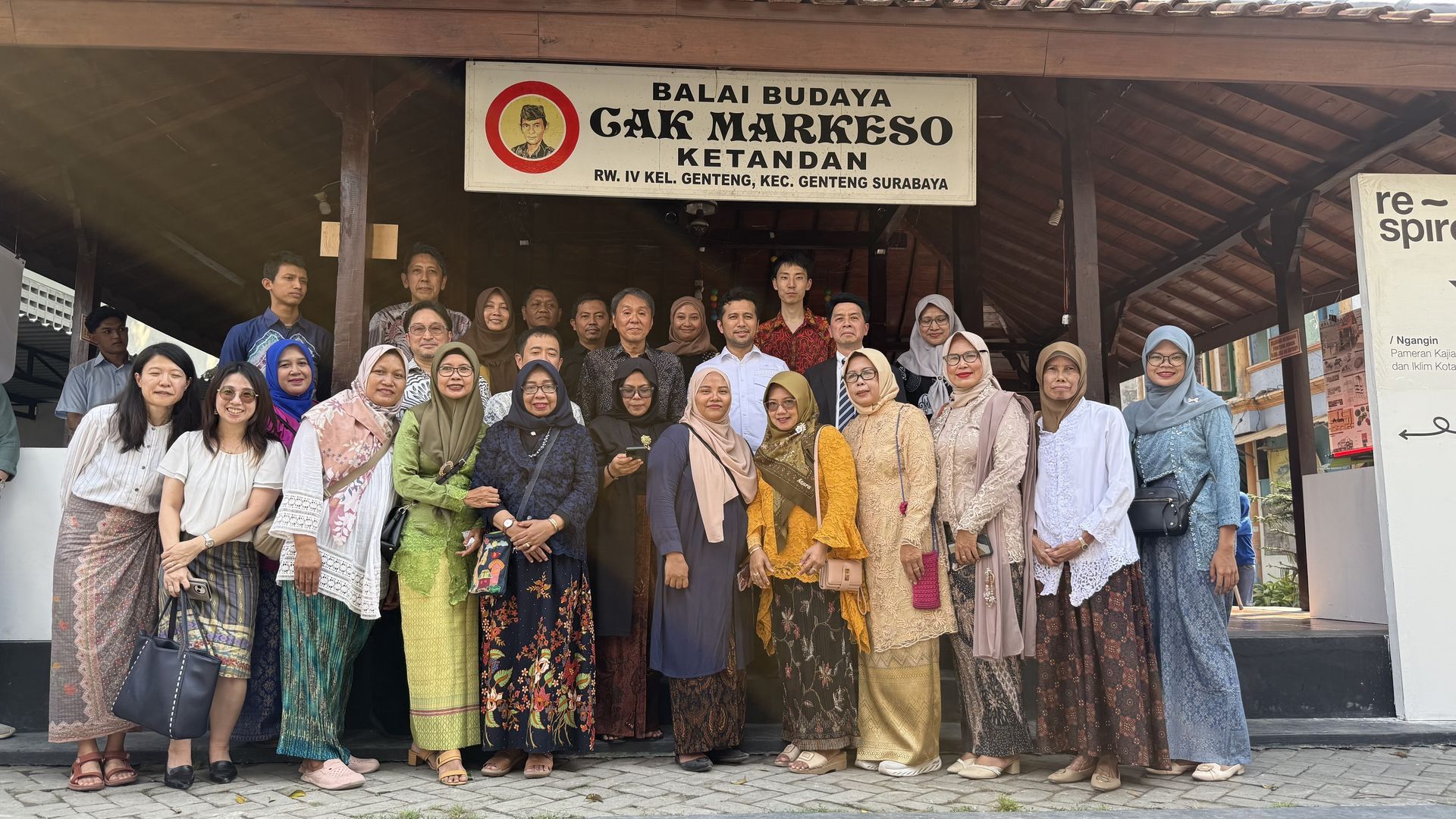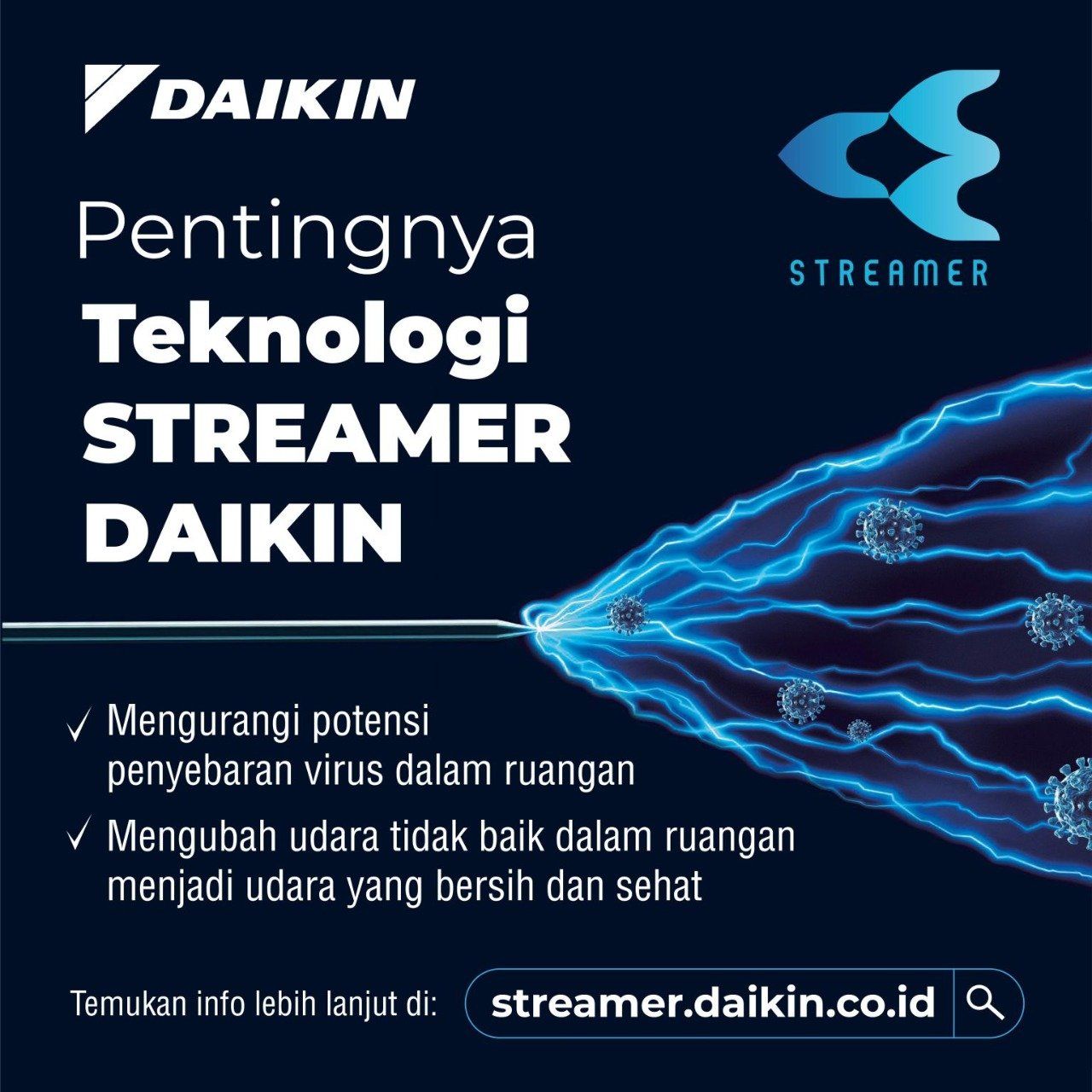Daikin Confirms Effectiveness of Streamer Technology to Inactivate Omicron variant of Coronavirus (SARS-CoV-2)
More than 99.9% effectiveness of inactivation against Omicron variants after 2 hours compared to no Streamer.
Daikin Industries, Ltd., in collaboration with Professor Tatsuo Shioda and Assistant Professor Tadahiro Sasaki of the Department of Virus Infections, Research Institute for Microbial Diseases at Osaka University have shown that Daikin's unique Streamer technology has more than 99.9% inactivation effect against Omicron variants that is one of the variants of Coronavirus (SARS-CoV-2) with Streamer compared to no release of Streamer.
In an effort to verify the effectiveness of Streamer technology since 2004, Daikin has previously demonstrated its effectiveness on more than 60 types of hazardous substances. This includes bacteria, allergens and viruses including influenza virus (type A, H5N1), RSV, and mouse norovirus through collaboration with public institutions. On the other hand, Daikin has also confirmed the effectiveness of this Streamer technology which shows a 99.9% inactivation effect against the Delta variant.
Most recently, this study conducted with Professor Tatsuo Shioda and Assistant Professor Tadahiro Sasaki of Osaka University demonstrated an inactivation effect against the Omicron variant after 2 hours of Streamer release.
This demonstration shows the experimental results using a device that produces Streamer discharge under test conditions and does not show the effectiveness of the actual Streamer product used in actual conditions (living space).
- Experiment Results
Irradiation with Streamer discharge for two hours inactivated 99.93%, and for four hours inactivated 99.97% of the Omicron Coronavirus variant (SAR-CoV-2), when compared with no Streamer discharge.
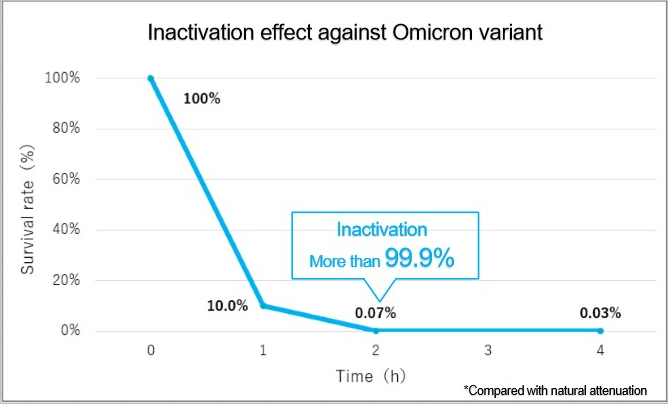
- Verification Test Explanation Video
The video explains the features of Streamer technology and the evaluation method and results of this verification test.
- Evaluation Method
In the verification test, the strain hCoV-19/Japan/TY38-873/2021 (Omicron variant) was used. Two approx. 31L acrylic boxes are housed in a safety cabinet at the BSL-3 facility, and a Streamer release device is mounted in one of the acrylic cases. Shakers with 6-well plates were placed in both boxes, and 0.5 ml of virus solution was placed on each plate. Streamer irradiation was carried out on one 6-well plate while stirring with a shaker. After 1, 2, and 4 hours, viral solutions were collected, and virus titers were measured by the TCID50 method using Vero E6/TMPRSS2 cells.
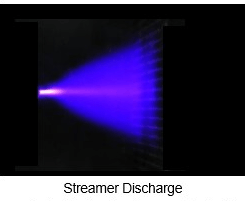
- Streamer Technology
Streamer technology is a technology that uses Streamer release, which was developed by Daikin in 2004, to carry out the oxidative decomposition of harmful substances. This was a type of plasma discharge featuring an innovative air purification technology that stably produced "high-speed electrons", a feat which had proved difficult until then.
Its oxidative decomposition ability is much greater than that of conventional plasma release (glow discharge). In addition, when combined with the air component, these high-speed electrons have strong oxidative decomposition capabilities. This capability allows the release of the Streamer to continuously remove odors, bacteria, and indoor air pollutants such as formaldehyde. To date, Daikin has collaborated with various universities and public research institutes to demonstrate the effectiveness of this technology for highly virulent influenza viruses (type A H5N1), weakly virulent influenza viruses (type A H1N1), mouse norovirus, conventional and mutant strains. from the novel coronavirus (SARS-CoV2) as well as toxins and bacteria that cause food poisoning.

To find out more about the Streamer technology mechanism and the demonstration results, it can be done by accessing the special link on our website “DAIKIN Streamer Research Institute” URL: https://www.daikin-streamer.com/en/
- Virus types that have been demonstrated so far
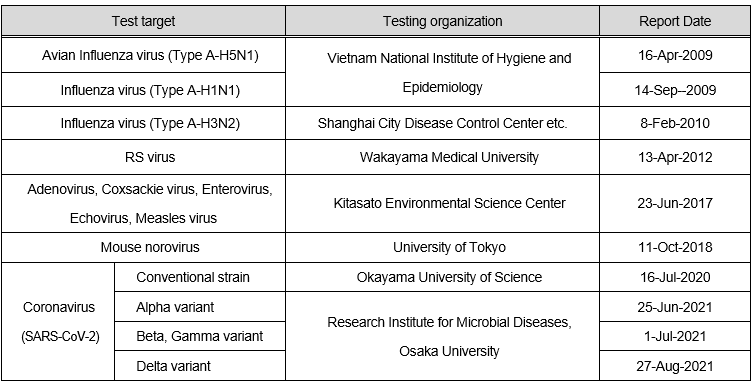
In addition to the above viruses, effectiveness against 7 types of bacteria such as Legionella and Pseudomonas Aeruginosa, 30 types of allergens such as cedar pollen and Dermatophagoides farinae (dung/carcass) and 19 types of hazardous chemicals have been verified by public institutions.
You might also like
